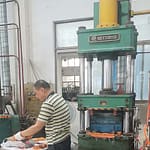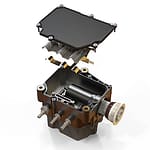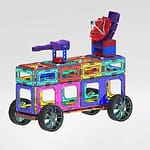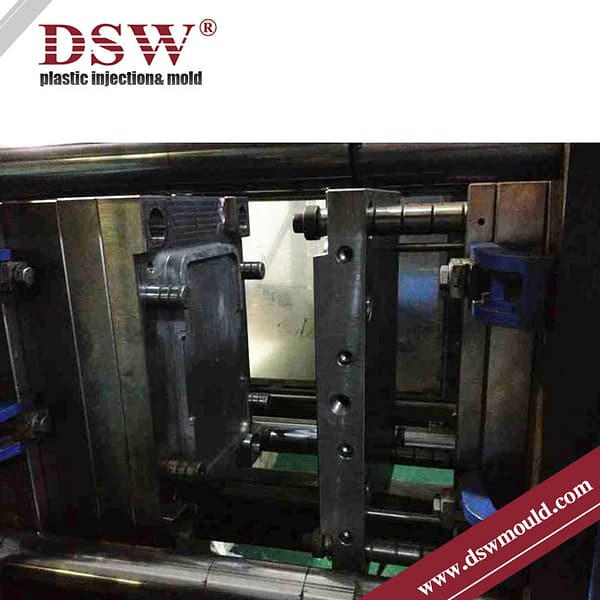Types of Slides in Plastic Injection Molds
In plastic injection molding, slides are movable components within the mold that create features on the final plastic part that would be impossible with a static mold.
Function:
•Slides move laterally within the mold cavity during the molding process.
•They create features on the plastic part that would otherwise be blocked by a stationary mold half.
Common Uses of Slides:
•Undercuts: Features like slots, grooves, or holes with an angle that prevents them from being pulled straight out of the mold require slides to create the necessary clearance for ejection.
•Internal Threads: Slides can be used to form internal threads by incorporating a threaded core pin that retracts during mold opening.
•Complex Shapes: Slides can be used to create complex geometries on the plastic part that a simple mold cavity could not achieve.
Types of Slides:
In plastic mold manufacturing, various types of slides are employed to facilitate the molding of complex geometries, undercuts, or features that cannot be formed with conventional two-part molds. Here are some common types of slides used in plastic molds:
1.Straight Slides: These are linear slides that move in a straight line perpendicular to the mold’s parting line. Straight slides are often used to create simple undercuts or side actions in plastic parts.
2.Angled Slides: Angled slides move at an angle relative to the parting line of the mold. They are utilized to mold features that require angular movement, such as drafted sidewalls or tapered features in the plastic part.
3.Lifters: Lifters are components that move vertically within the mold cavity to create undercuts or features with vertical movement. They are commonly used to mold parts with complex geometries, such as threaded inserts or hooks.
4.Rotating Slides: Rotating slides, also known as rotary cores, rotate about their axis to mold features that require rotational movement, such as threads, screw caps, or helical grooves.
5.Core Pulls: Core pulls are components that move parallel to the mold’s parting line to facilitate the ejection of molded parts with deep undercuts or complex geometries. They are essential for molding parts with intricate internal features.
6.Side Actions: Side actions are movable components that operate perpendicular to the mold’s parting line. They are used to mold features that extend perpendicular to the mold’s parting direction, such as hooks, snaps, or overhanging features.
7.Cam Slides: Cam slides use a cam mechanism to generate sliding or rotating motion for molding specific features. They are versatile and can be customized to mold a wide range of complex part geometries.
Benefits of Using Slides
•Part Complexity: They allow for the creation of more complex and intricate plastic parts.
•Part Functionality: Slides enable the formation of features that are crucial for the functionality of the final part.
•Design Flexibility: They offer design engineers greater flexibility in creating innovative plastic parts.
Drawbacks of Using Slides:
•Increased Mold Cost: Adding slides to a mold increases its complexity and overall cost.
•Potential for Mold Wear: The moving parts of slides can be prone to wear and tear, requiring maintenance or replacement over time.
•Increased Cycle Time: The additional movement of slides may slightly increase the overall molding cycle time.
Each type of slide fulfills a distinct purpose and is chosen according to the specific design needs of the plastic component undergoing molding. Integrating these slides into the mold design empowers manufacturers to attain heightened flexibility and accuracy in shaping intricate plastic parts.
Slides play a pivotal role in plastic injection molding, facilitating the production of intricate and fully functional plastic components. However, it’s crucial to weigh their utilization against the potential for heightened expenses and intricacies.















No comment